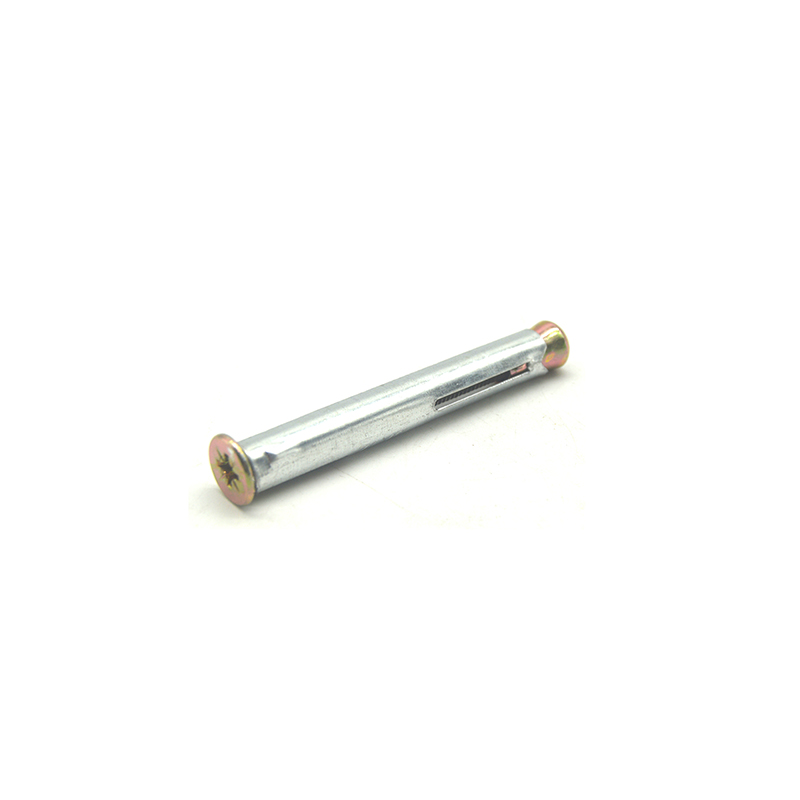- English
- Chinese
- French
- German
- Portuguese
- Spanish
- Russian
- Japanese
- Korean
- Arabic
- Irish
- Greek
- Turkish
- Italian
- Danish
- Romanian
- Indonesian
- Czech
- Afrikaans
- Swedish
- Polish
- Basque
- Catalan
- Esperanto
- Hindi
- Lao
- Albanian
- Amharic
- Armenian
- Azerbaijani
- Belarusian
- Bengali
- Bosnian
- Bulgarian
- Cebuano
- Chichewa
- Corsican
- Croatian
- Dutch
- Estonian
- Filipino
- Finnish
- Frisian
- Galician
- Georgian
- Gujarati
- Haitian
- Hausa
- Hawaiian
- Hebrew
- Hmong
- Hungarian
- Icelandic
- Igbo
- Javanese
- Kannada
- Kazakh
- Khmer
- Kurdish
- Kyrgyz
- Latin
- Latvian
- Lithuanian
- Luxembou..
- Macedonian
- Malagasy
- Malay
- Malayalam
- Maltese
- Maori
- Marathi
- Mongolian
- Burmese
- Nepali
- Norwegian
- Pashto
- Persian
- Punjabi
- Serbian
- Sesotho
- Sinhala
- Slovak
- Slovenian
- Somali
- Samoan
- Scots Gaelic
- Shona
- Sindhi
- Sundanese
- Swahili
- Tajik
- Tamil
- Telugu
- Thai
- Ukrainian
- Urdu
- Vietnamese
- Welsh
- Xhosa
- Yiddish
- Yoruba
- Zulu
- Kinyarwanda
- Tatar
- Oriya
- Turkmen
- Uyghur

port yuk o'z-o'zidan tejamkor vintlardek
Harbor yuk o'z-o'zidan tebranish vintlarini tushunish
Ishni aniq va samarali bajarish haqida gap ketganda, o'z-o'zidan tejamkor vintlardek Harbor Freightdan tez-tez suhbatga kirishadi. Ularning mashhurligiga qaramay, ushbu vositalar atrofida juda ko'p shubha va noto'g'ri tushunchalar mavjud. Ular da'vo qilganidek ishonchlimi? Keling, ushbu vintlarni haqiqiy dunyo ilovalarida ishlatishning haqiqatlari va nuanslarini ochish uchun chuqurroq qazaylik.
O'z-o'zidan tebranish vintlarini nima o'ziga xos qiladi?
O'z-o'zidan tejamkor vintlardek tushunchasi juda qiziq. Asosan, bu vintlar materialga surilganda o'z iplarini kesishi mumkin. Bu ko'p hollarda oldindan burg'ulash zaruratini yo'q qiladi, bu vaqtni sezilarli darajada tejaydi. Biroq, asosiy narsa ulardan qachon foydalanish kerakligini bilishdir.
Men metall tom yopish loyihasi ustida ishlaganimni eslayman. Vaqtni tejash g'oyasi jozibador edi, lekin noto'g'ri turdagi o'z-o'zidan tejamkor vintni ishlatish vintni olib tashlash yoki hatto sindirishga olib kelishi mumkin. Hamma ham teng yaratilgan emas va bu erda tajriba hal qiluvchi rol o'ynaydi.
Sifat sezilarli darajada farq qiladi. Ba'zilar bosim ostida qotib qolishlari mumkin; boshqalar o'z joylarini ajoyib tarzda ushlab turishadi. O'zining mustahkam mahkamlagichlari bilan mashhur bo'lgan Handan Shengtong Fastener Manufacturing Co., Ltd. tomonidan taklif qilinganlar kabi nufuzli manbani tanlash juda muhimdir. To'g'ri vida hamma narsani o'zgartirishi mumkin.
Ish uchun to'g'ri vintni tanlash
Hammaga mos keladigan yagona narsa yo'q o'z-o'zidan tejamkor vintlardek. Vintni materialga moslashtirish muhim ahamiyatga ega. Harbour Freight son-sanoqsiz variantlarni taqdim etsa-da, ip turi, uzunligi va materiali kabi xususiyatlarni tushunish kelajakdagi bosh og'rig'ining oldini oladi.
Sanoat sharoitida ushbu tafsilotlarga e'tibor bermaslik qimmatga tushadigan kechikishlarga olib kelishi mumkin. Misol uchun, zanglamaydigan po'latdan yasalgan standart o'z-o'zidan tejamkor vintni moylashsiz yoki to'g'ri bosimsiz ishlatish ko'pincha umidsizlikka olib keladi. Bu o'ziga xoslik, ko'plab DIY ishqibozlari xato qiladi.
Muvaffaqiyat va takroriy muvaffaqiyatsizliklar o'rtasidagi farqni ko'pincha bir oz moy surtish yoki qarshilik nuqtasini tan olish kabi nozik saboqlardir. Amaliyot va sabr-toqat bu yo'lda muhim sheriklardir.
Umumiy tuzoqlar va ulardan qanday qochish kerak
Keng tarqalgan xatoliklardan biri ortiqcha momentni qo'llashdir. Men yaxshi niyatli odamlar o'zlarining elektr asboblari sozlamalariga e'tibor bermay, mukammal o'rnatishni falokatga aylantirayotganini ko'rdim. Ushbu vintlardek tutqichni e'tiborsiz qoldirish oson.
Bundan tashqari, har bir loyiha vintning to'liq uzunligini burishni talab qilmaydi. Materialning zichligiga qarab, qisman haydash etarli bo'lishi mumkin va keraksiz stressni keltirib chiqarmasdan yaxshiroq ushlab turishi mumkin.
Handan Shengtong Fastener Manufacturing Co., Ltd o'z veb-saytida (https://www.shengtongfastener.com) yangi foydalanuvchilarni ushbu mulohazalar bo'yicha boshqaradigan ajoyib manbalarga ega. Turli xil ilovalarni tushunish uchun vaqt ajratish uzoq muddatda dividendlar to'lashi mumkin.
Muhim bo'lgan o'rnatish texnikasi
Aniqlik hamma narsa. Bilan ishlaganda o'z-o'zidan tejamkor vintlardek, matkapingiz sirtga mukammal perpendikulyar tekislanganligiga ishonch hosil qiling. Hatto engil burchak ham vintni notekis ushlashga olib kelishi mumkin, bu esa mumkin bo'lgan nosozliklarga olib keladi.
Matkapning qarshiligining ovozi va hissiyotini tushunish tushunchalarni taklif qilishi mumkin. Qarshilikning barqaror o'sishi yaxshi yo'lni ko'rsatadi, keskin o'zgarishlar ko'pincha siz to'siqga urilganingizni yoki material juda zich ekanligini anglatadi.
Mening tajribamga ko'ra, hurda buyumlar ustida mashq qilish o'yinni o'zgartirishi mumkin. Optimal natijalarga erishish uchun qanchalik bosim va tezlikni qo'llash kerakligini bilish uchun bosimsiz muhitni ta'minlaydi.
Xulosa: to'g'ri tanlov qilish
Oxir oqibat, foydalanish muvaffaqiyati o'z-o'zidan tejamkor vintlardek Harbour Freight dan bilim va tayyorgarlikdan iborat. Ularning o'z o'rni bor va to'g'ri ishlatilganda ajoyib darajada samarali bo'lishi mumkin. Biroq, har qanday vosita kabi, ular hurmat va tushunishni talab qiladi.
Handan Shengtong Fastener Manufacturing Co., Ltd. kabi nufuzli kompaniyalardan xarid qilish orqali siz bardoshli va uzoq muddatli natijalarga olib keladigan sifatni ta'minlaysiz. Har qanday hunarmandchilikda bo'lgani kabi, bu vintlar bilan qanchalik ko'p ishlasangiz, ulardan foydalanish shunchalik intuitiv bo'lib, potentsial tuzoqlarni uzluksiz muvaffaqiyatlarga aylantiradi.
Shunday qilib, keyingi safar loyihangiz uchun qaysi vintni tanlashni o'ylab ko'rsangiz, pauza qiling, materialni baholang va oqilona tanlang - loyihangizning yaxlitligi bunga bog'liq.
Aloqador mahsulotlar
Tegishli mahsulotlar
Eng yaxshi sotilgan mahsulotlar
Eng ko'p sotiladigan mahsulotlar-
 Bugle boshi o'z-o'zidan burg'ulash
Bugle boshi o'z-o'zidan burg'ulash -
 Rangli gardish murvati
Rangli gardish murvati -
 O'z-o'zidan kesuvchi vint
O'z-o'zidan kesuvchi vint -
 Pan boshi o'z-o'zidan burg'ulash
Pan boshi o'z-o'zidan burg'ulash -
 Yuqori quvvatli olti burchakli boshli gayka
Yuqori quvvatli olti burchakli boshli gayka -
 Sariq quvur plastik kengayishi
Sariq quvur plastik kengayishi -
 Olti burchakli o'z-o'zidan burg'ulash
Olti burchakli o'z-o'zidan burg'ulash -
 To'liq tishli tirgak
To'liq tishli tirgak -
 Olti burchakli yog'och vint
Olti burchakli yog'och vint -
 Pan boshini o'z-o'zidan tegizish
Pan boshini o'z-o'zidan tegizish -
 Neylon o'z-o'zidan qulflanadigan gayka
Neylon o'z-o'zidan qulflanadigan gayka -
 Qora shpal Bolt
Qora shpal Bolt
Aloqador qidirish
Tegishli qidiruv- 5 8 gipsokarton uchun gipsokarton vintlari
- 1 4 dyuymli o'z-o'zidan tejamkor vintlardek
- osib qo'yish uchun gipsokarton vintlari
- kichik o'z-o'zidan tejamkor vintlardek
- yonimdagi gipsokarton vintlari
- 2 dona gipsokarton vintlari
- phillips boshli o'z-o'zidan tejamkor vintlardek
- o'z-o'zidan tejamkor vintlardek 3
- 8 mm o'z-o'zidan tejamkor vintlardek
- kvadrat boshli o'z-o'zidan tejamkor vintlardek








